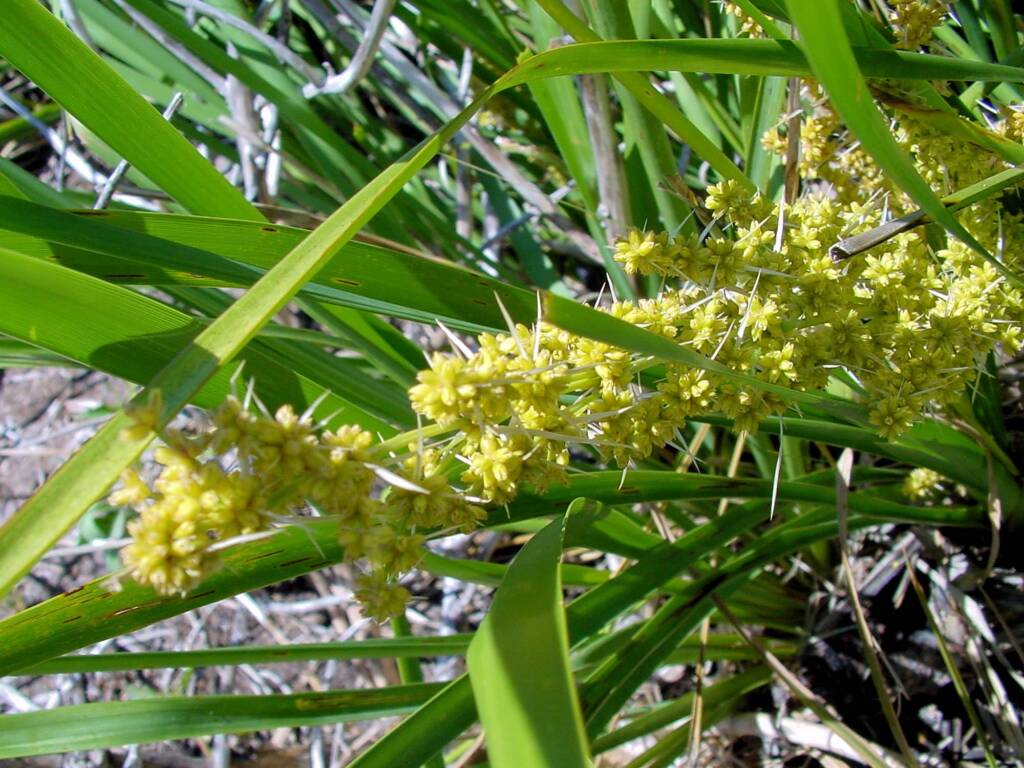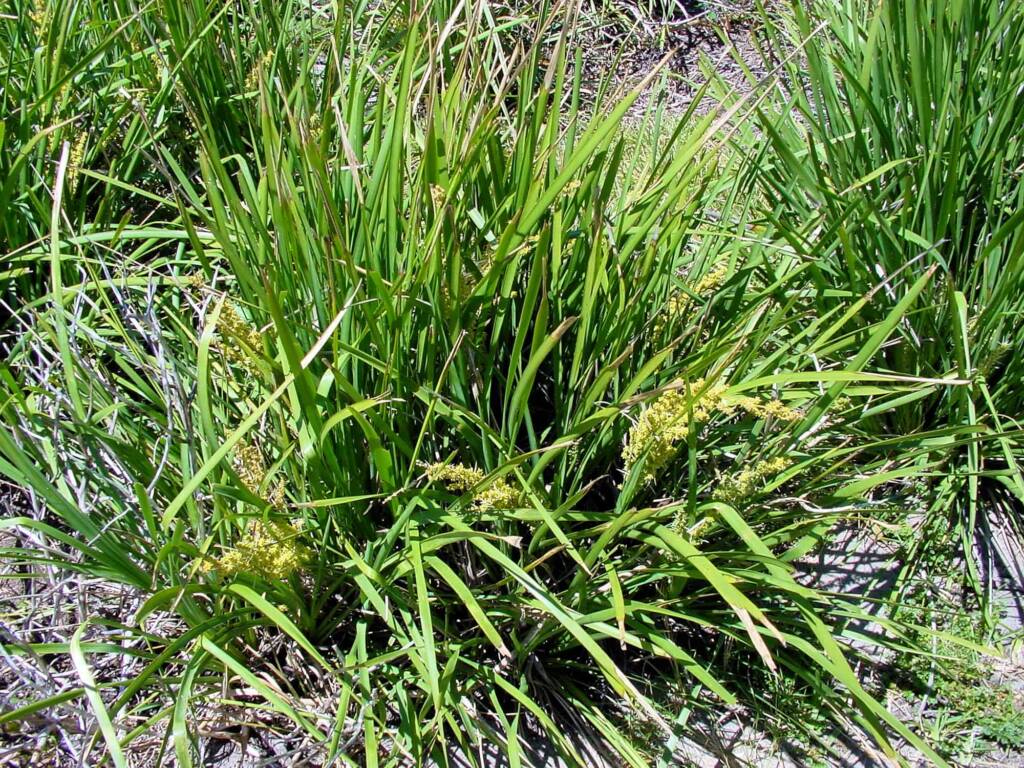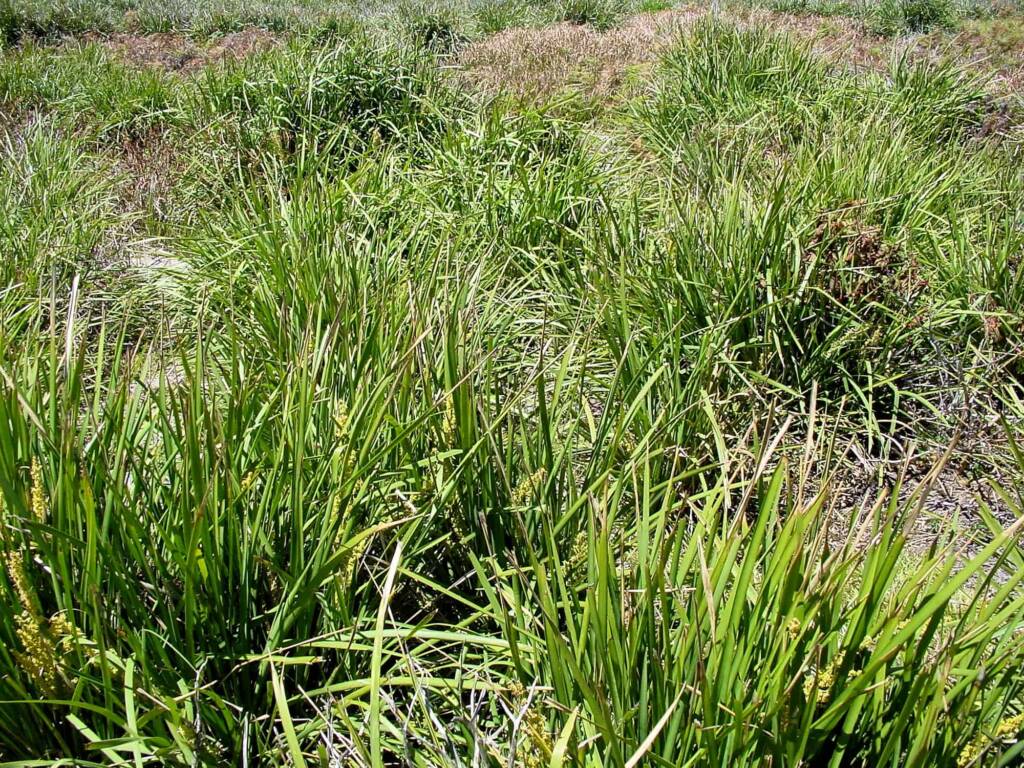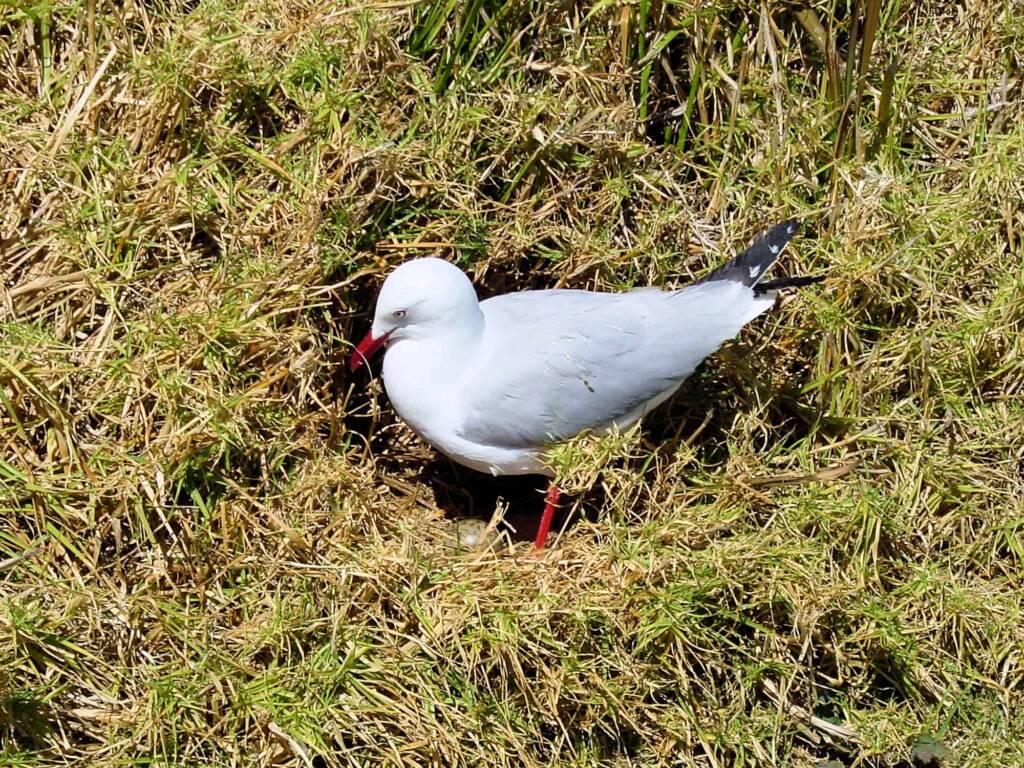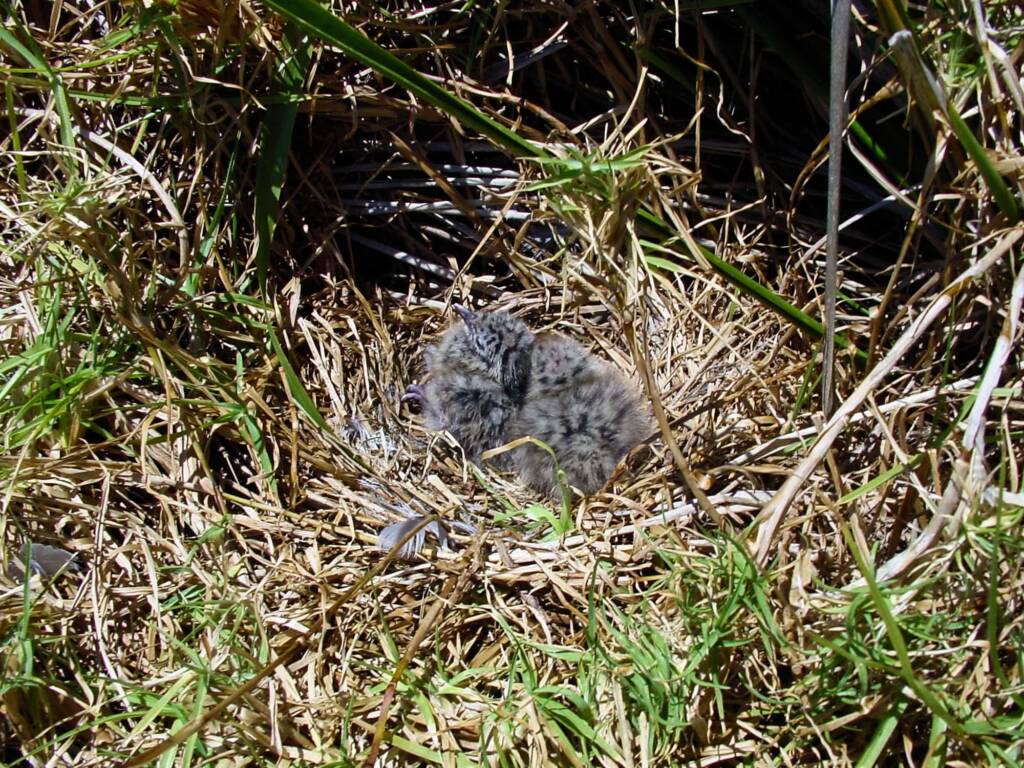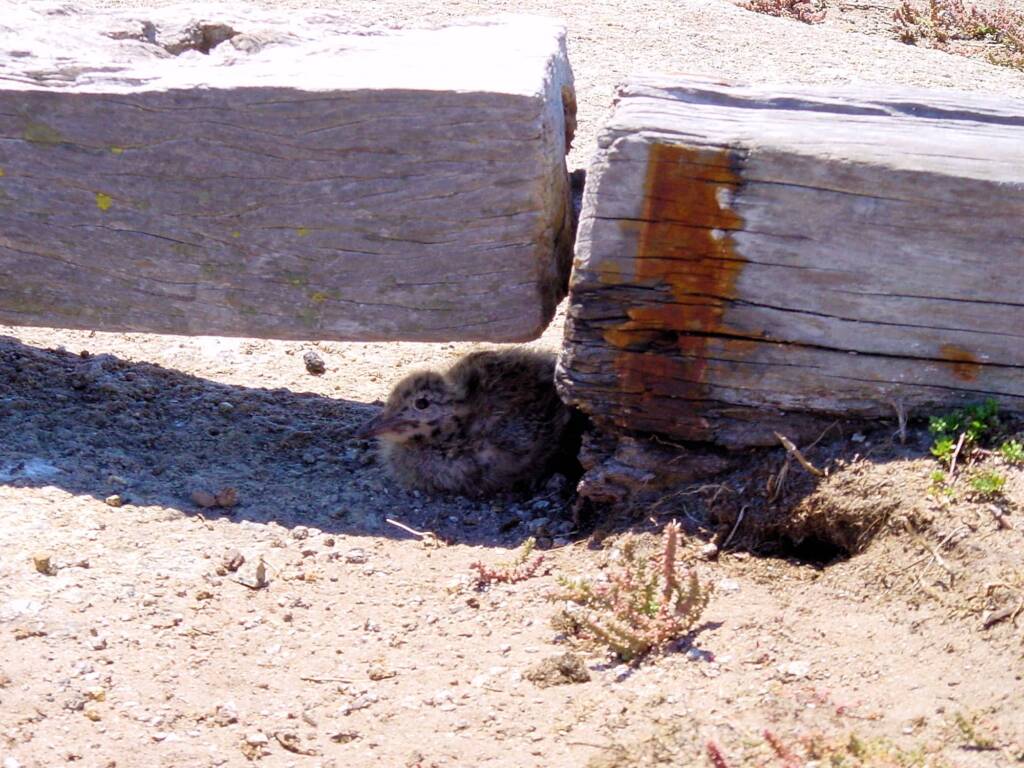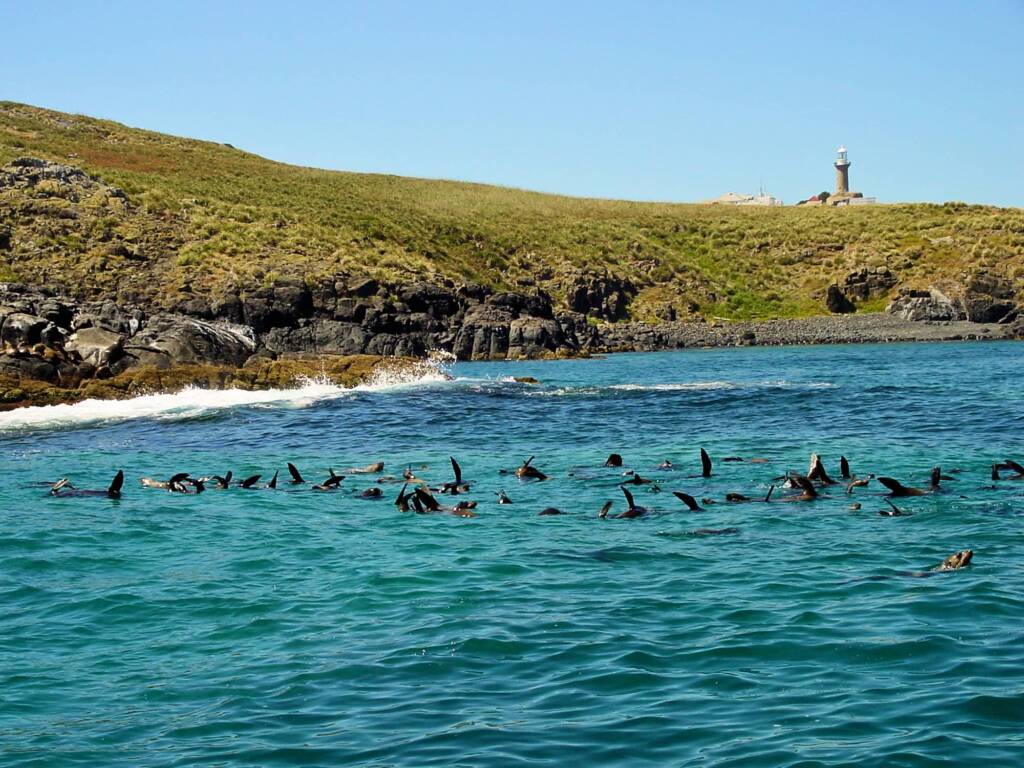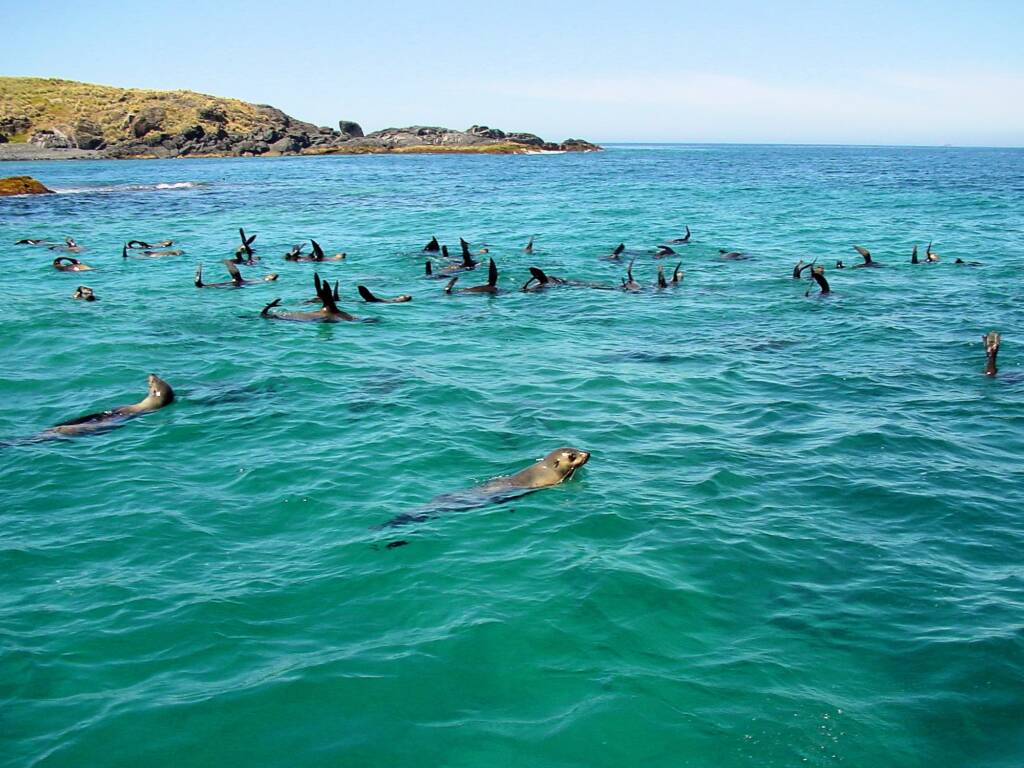Barunguba Montague IslandThe Lighthouse Montague Island Natural Heritage Montague Island Touring Montague Island
Barunguba Montague Island is 1.4 km long and 525 m wide, oriented north-south. A ravine divides it into a northern section, which is about one third of the total area and the southern section where the lighthouse and other developments are located. Together the two sections are commonly referred to as the north and south islands.
Part of the Cretaceous Mount Dromedary Monzonite Complex, the island was previously joined to the mainland at Cape Dromedary by a sand spit. This sand spit was submerged by rising sea levels about 9,000 years ago, after the last ice age. The southern section of the island has many rock outcrops and reaches a height of 64 m above sea level. The northern section is slightly lower with few rock outcrops. Much of the island is covered by remnant sand dunes up to 1 m thick, with the soil formed on the dunes being thin.
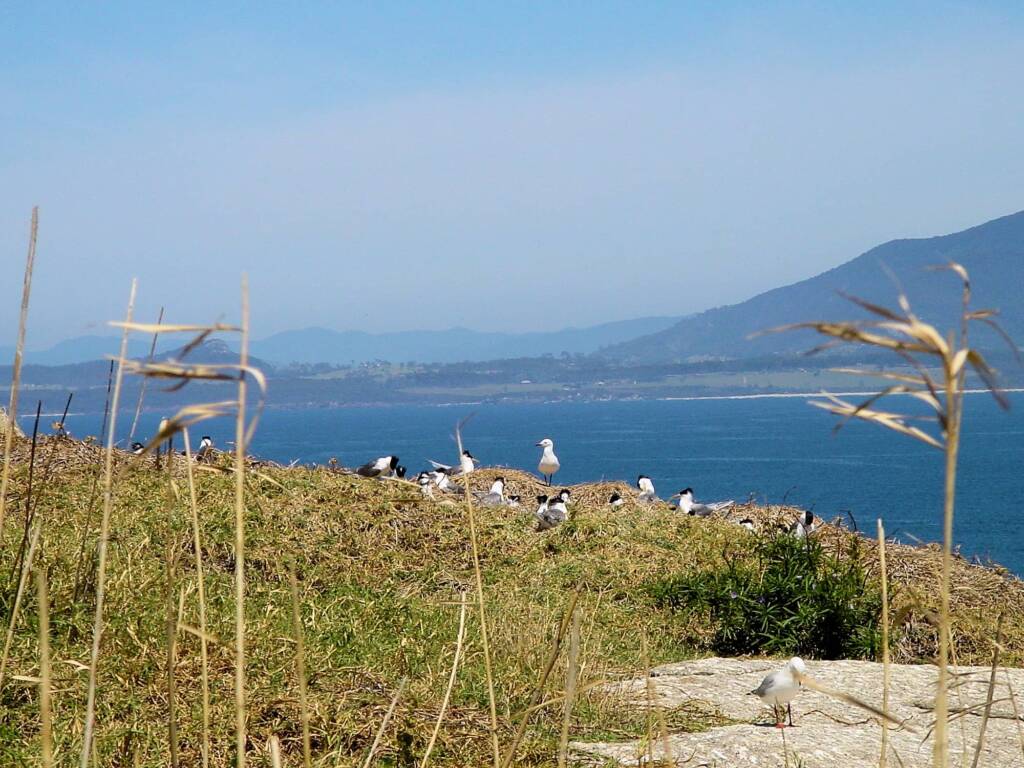
FLORA
Photographic records and maps show that at the turn of the century much of at least the southern section of the island was covered by scattered small trees and shrubs, which probably included banksias, acacias and casuarinas. Prior to current management of the flora on the island, no native trees and shrub remained, most probably due to the use of them for firewood by the lightkeepers, as well as grazing by rabbits and goats.
The native species today demonstrate the island’s previous connection to the mainland. Plants found include:
| Matrush (Lomandra longifolia) | The dominant vegetation which thickly covers the ground over much of the island. | ||
| Blady grass (Imperata cylindrica) | Commonly occur with the matrush and are sometimes locally dominant. | ||
| Bracken (Pteridium esculentum) | Commonly occur with the matrush and are sometimes locally dominant. | ||
| Tussock grass (Poa poiformis) | Commonly occur with the matrush and are sometimes locally dominant. | ||
| Westringia fruticosa | Still a few shrubs, occur in sheltered places and on cliff edges where they were protected from grazing by rabbits and goats, although goats have now been removed. | ||
| Correa alba | Still a few shrubs, occur in sheltered places and on cliff edges where they were protected from grazing by rabbits and goats, although goats have now been removed. | ||
| Acacia longifolia | Two shrubs remain on the island. | ||
| Common reed (Phragmites australis) | Found in the wetter areas. | ||
| Rushes Juncus sp. and Scirpus nodosus | Found in the wetter areas. | ||
| Ferns | Occur in the more sheltered places. |
One of the issues on Barunguba Montague Island, is managing kikuyu (Pennisetum clandestinum) and buffalo grass (Stenotaphrum secundatum). The following photo you can see a controlled spray to kill off the grass.
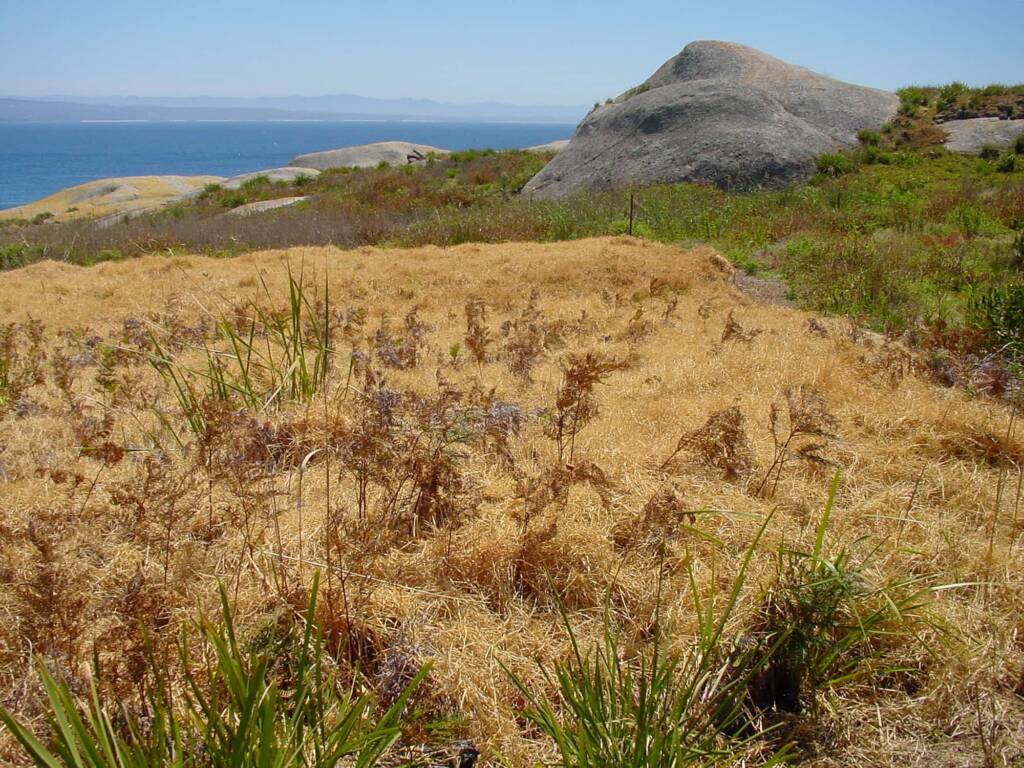
In the open grassy areas, the introduced kikuyu (Pennisetum clandestinum) and some buffalo grass (Stenotaphrum secundatum) had replaced the native vegetation, especially around the buildings and along many tracks. It has been shown that the invasive kikuyu presents an impenetrable barrier to movement and burrowing by penguins and shearwaters. National Parks and Wildlife undertook control methods that include spraying and replacing the grasses with native species of plants, including the planting of 20,000 trees and shrubs.
In areas where the grasses are removed, planting of the quick growing matrush is done to stabilise the soil, preventing the topsoil from being blow away in the winds. Another main species of concern is rambling dock (Acetosa sagittata) which occur in large patches on the south island. Some introduced species have cultural significance, such as found growing in the former garden beds and will be retained.
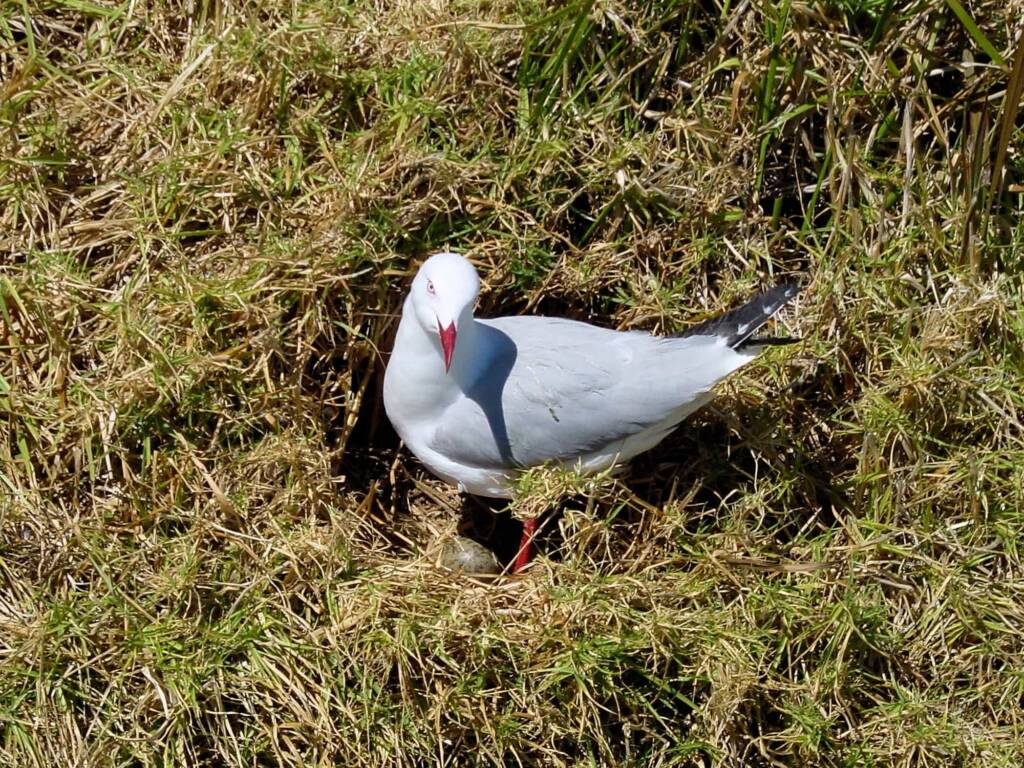
FAUNA – BIRDS
Over 90 species of birds have been recorded on and around the island, with at least 17 of them being permanent residents or regular visitors. These include:
| Seabirds recorded on the island include: | |||
| Sooty Shearwater (Puffinus griseus) | Silver Gull (Larus novaehollandiae) | ||
| Short-tailed Shearwater (Puffinus tenuirostris) | Crested Tern (Sterna bergii) | ||
| Wedge-tailed Shearwater (Puffinus pacificus) | Penguins (Eudyptula minor) | ||
| Buller’s Shearwater (Puffinus bulleri) | |||
| Other seabirds recorded around the island include: | |||
| White faced Storm Petrel (Pelagodroma marina) | Yellow-nosed Albatross (Diomedea chlororhynchos) | ||
| Great-winged Petrel (Pterodroma macroptera) | Wandering Albatross (Diomedea exulans) | ||
| Great Cormorant (Phalacrocorax carbo) | White Fronted Tern (Sterna striata) | ||
| Black-faced Cormorant (Phalacrocorax fuscescens) | Black-browed Albatross (Diomedea melanophris) | ||
| Pied Cormorant (Phalacrocorax varius) | White faced heron (Ardea novaehollandiae) | ||
| Little Pied Cormorant (Phalacrocorax melanoleucos) | Great Skua (Catharacta skua) | ||
| Australian Gannet (Morus serrator) | |||
| Land birds recorded include: | |||
| Richards pipit (Anthus novaeseelandiae) | Buff-banded Rail (Gallirallus philippensis) | ||
| Leaden Flycatcher (Myiagra rubecula) | Welcome Swallow (Hirundo neoxena) | ||
| Grey Fantail (Rhipidura fuliginosa) | Little Grassbird (Megalurus gramineus) | ||
| Rufous Fantail (Rhipidura rufifrons) | Golden Headed Cisticola (Cisticola exilis) | ||
| Silvereye (Zosterops lateralis) | Rose Robin (Petroica rosea) | ||
| Australian Raven (Corvus coroinoides) | Blue-winged Parrot (Neophema chrysostoma) | ||
| Raptors include: | |||
| Australian Kestrel (Falco cenchroides) | Black-shouldered Kite (Elamus notatus) | ||
| Peregrine Falcon (Falco peregrinus) | Brown Falcon (Falco Berigora) | ||
| Marsh Harrier (Circus assimilis) | White-breasted Sea Eagle (Haliaeetus leucogaster) | ||
FAUNA – MAMMALS
Australian Fur Seals and New Zealand Fur Seals are recorded on rocky outcrops and in the waters around the island. The Australian Fur Seals tend to congregate together at the northern end of the island, with the population varying from about 25 and up to 1,000 during the breeding season. The seals migrate from the breeding areas in Bass Strait, although fishermen over the years have reported that seals pups have been born here.

The New Zealand Fur Seal is smaller in size then the Australian Fur Seal and tends to sit apart from each other. They are usually found on the western side at the northern end of the island. Despite their name, they are found breeding on rocky islands off South Australia, the southern coast of Western Australia and off the south-west coast of Tasmania.
During September through to November both Humpback and Southern Right Whales are seen in the annual migration from the warmer tropical waters to the cooler waters of the Antarctic. Dolphins have also been sighted.
Mammals and reptiles recorded on the island and in the waters around the island include:
| Mammals include: | |||
| Australian Fur Seal (Arctocephalus pusillus) | New Zealand Fur Seal (Arctocephalus forsten) | ||
| Humpback Whale (Megaptera novaeangliae) | Southern Right Whale (Eubalaena australis) | ||
| Common Dolphin (Delphinus delphis) | Bottlenose Dolphin (Tursiops truncatus) | ||
| Reptiles include: | |||
| Skink (Egernia whitii) | Skink (Lampropholis guichenoti) | ||
Check the NSW National Park and Wildlife Service for the latest information on the management and species found on the island.
Footnote & References
- Barunguba Montague Island Nature Reserve, NSW National Parks and Wildlife Service, https://www.nationalparks.nsw.gov.au/visit-a-park/parks/barunguba-montague-island-nature-reserve
- ANUSC Trip Montague Island, Department of Computer Sciences, FEIT, Australian National University, CANBERRA ACT, by Peter Christen – check out his digital images.
Barunguba Montague IslandThe Lighthouse Montague Island Natural Heritage Montague Island Touring Montague Island
New South WalesBarunguba Montague Island Bourke Blue Mountains Bundeena Central Coast Kosciuszko National Park Mount Kaputar National Park Lower North Shore Northern Beaches Sapphire Coast Snowy Mountains Region South Coast Stony Range Regional Botanic Garden Sydney


